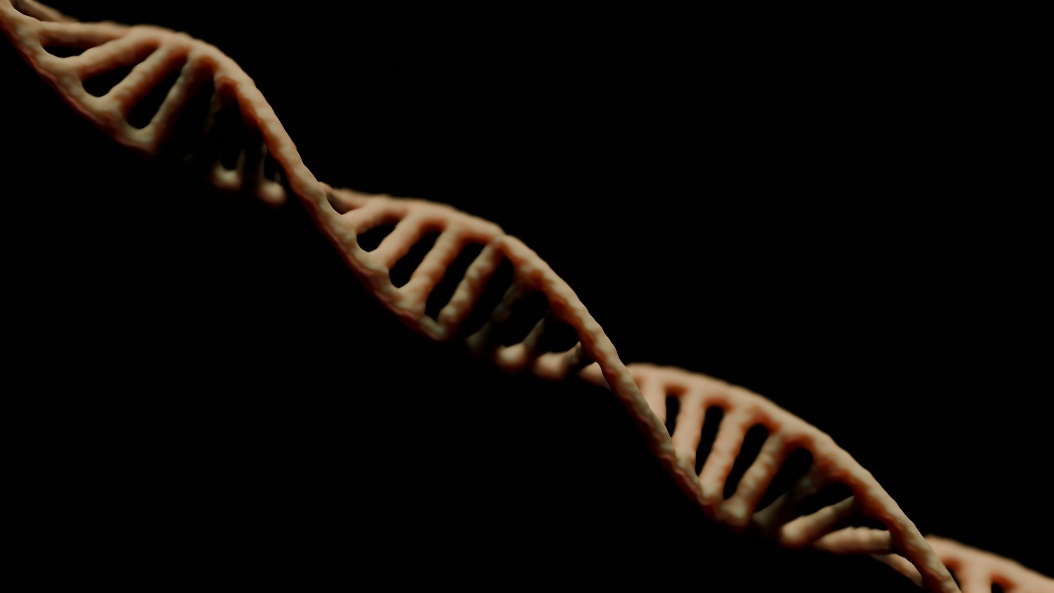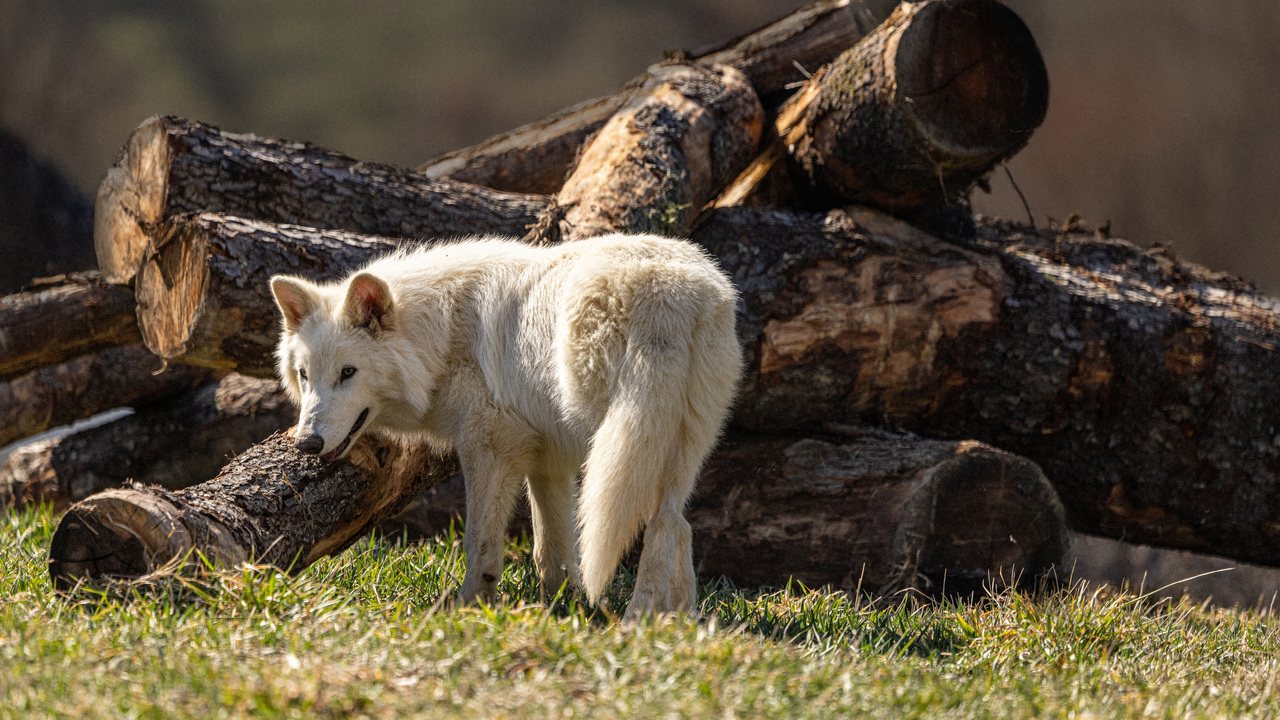The Power of Gene Editing: How Technology Reshapes Life and Echoes Ancient Calls?
For fans of epic fantasy, the dire wolf might seem confined to the snowy landscapes of Westeros. Yet, these formidable creatures were very real, roaming North and South America until roughly 10,000 to 12,500 years ago. Now, through a blend of cutting-edge genetic science and bold ambition, a US-based company, Colossal Biosciences, claims to have brought a "version" of this extinct predator back to life.

Imagine embarking on a quest not for a lost treasure, but for lost life itself. That's essentially what Colossal Biosciences is attempting. They've pieced together fragments of the past, extracting ancient DNA from dire wolf teeth and a skull dating back as far as 72,000 years. Critically, the core of this effort isn't simple cloning, but the use of gene editing technology on cells from the dire wolf's closest living relative, the gray wolf, to achieve their goal. Think of it like restoring a damaged historical document; you use what original material you have and fill in the blanks with information from the closest available copies. In this project, 14 specific genes in the gray wolf cells were edited 20 times to guide the development of the new life's characteristics. This complex process of gene editing is precisely the key technological step that transforms the gray wolf's genetic blueprint into one bearing dire wolf traits.

The result is three fascinating pups, born via domestic dog surrogates. Two males, fittingly named Romulus and Remus after the mythical founders of Rome who were said to have been raised by a wolf, are already six months old and weigh about 36 kilograms. They are expected to reach a hefty 68 kilograms as adults, significantly larger than modern gray wolves, much like their ancient ancestors who were around 25% bigger. The female pup bears a name familiar to fantasy fans: Khaleesi, a title from Game of Thrones. At just two months old, she represents another thread in this blend of science and popular culture. These pups currently reside in a secure location in the US, carefully looked after, though the company states they will never be released into the wild.
This scientific feat, while groundbreaking, is also a complex technological mosaic eliciting varied reactions. Some hail it as a major stride in synthetic biology. Others question the outcome – are these truly dire wolves, or primarily gray wolves with some key gene edits? Genetically, they are described as a "hybrid version," with their genes still being 99.9% gray wolf. This isn't simply copying an old file; it's creating a highly modified remix. This raises profound technological and ethical questions, not unlike restoring an ancient ruin: how much modern intervention (such as gene editing) can you add before it ceases to be the original thing? Can these new creations, brought forth by genetic technology, truly adapt, even in a protected environment?

Colossal Biosciences frames their ambitious project not just as resurrection for resurrection's sake, but as a means to develop new, powerful tools for conservation. They have already applied similar technology to produce four red wolves, one of the world's most endangered species. They even have loftier goals, like resurrecting the woolly mammoth by 2028, envisioning how bringing back certain species might help restore ecosystems and potentially even aid in combating climate change. Like a master strategist playing a complex game of life, they are exploring how reintroducing elements from the past through biotechnology (including gene editing) might reshape the board for the future.
Ultimately, the return of the dire wolf, even in this gene-edited "hybrid" form, serves as a powerful reminder of humanity's increasing capacity to manipulate life and perhaps, rectify past losses. It compels us to ponder the technological and ethical boundaries of de-extinction, the delicate balance of ecosystems, and the true meaning of conservation in an era of advanced genetic technology.
(Writer:Seli)





